Gas vs Electric Cooktop (Appliance Guide)
Here’s our guide to the differences of a gas vs electric cooktop including heat control, cooking, costs, counter space and maintenance.
Cooktops can be expected to last 13 – 15 years. Not only is the choice between gas and electric a big one, you’ll have to live with the results of your decision for a long time.
With a thorough understanding of the difference, advantages, and drawbacks of different types of cooktops, you can make an informed choice that will serve your home for years to come.
What Is a Gas Cooktop
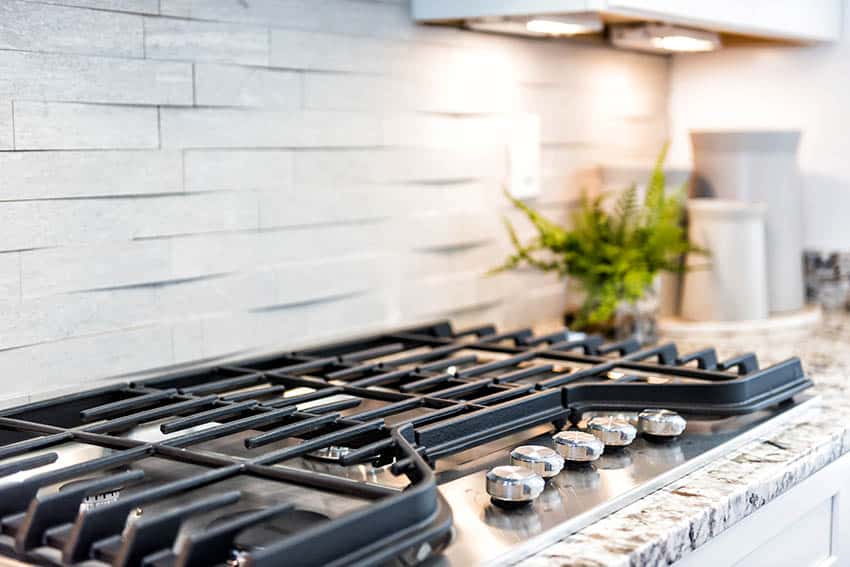
A gas stove uses flammable gas, such as propane or natural gas, to heat the contents of the pots and pans you place on the burner.
Flames appear instantly when the burner is lit. A dial on the side of the stovetop is used to open and close the valve, controlling the height and intensity of the flame.
Installing this type of stove is not a DIY project. Whatever type of gas you’re using to fuel your stove, a plumber or someone licensed should run the lines and connect the appliance.
Natural gas stoves can only be installed on properties that are connected to a supplier by underground lines. Stoves that run on propane can be connected to a tank stored outside the home.
What Is an Electric Cooktop

An electric cooktop heats an element using electricity and transfers the generated heat to a pan or pot on top of it.
An electric cooktop is usually powered by a special 220-volt outlet that must be installed by an electrician. Most cooktops are about 30″ or 36″ wide. You can read more about different stove dimensions here.
There are three types of burners that fall under the umbrella of electric stoves.
Coil cooktops have the burner sitting in a recessed cavity or above the surface of the cooktop. This type often has a drip pan under the burners to catch any spills or food particles which can make them more time consuming to clean.
Ceramic-electric burners (also called glass cooktops or smoothtops) hide traditional metal heating coils under a layer of tempered ceramic glass. They are easier to clean.
Induction-electric burners also feature a layer of ceramic glass, but the metal coil underneath is made of copper.
When a pan containing magnetic iron or steel is placed on the burner and the electricity is turned on, it is directly conducted from burner to pan, speeding up the heating and cooking process.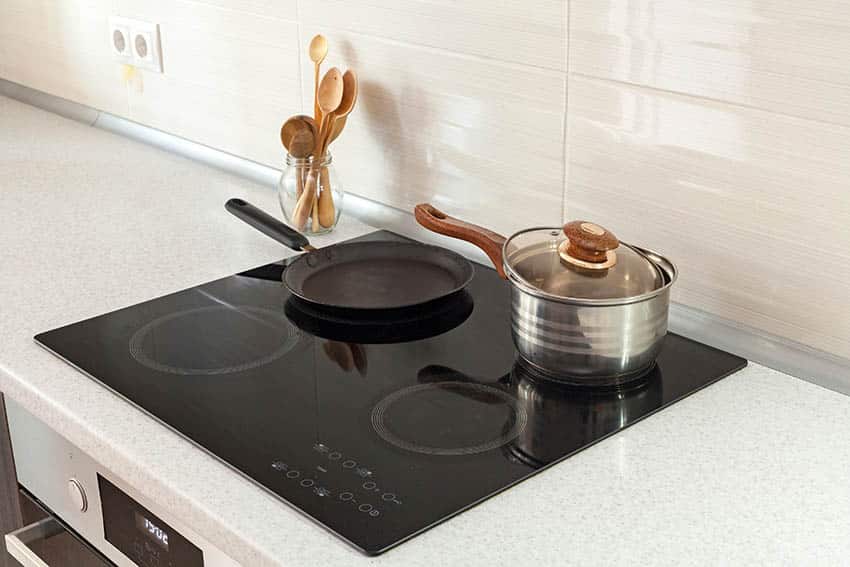
Gas vs Electric Cooktop Heat Control
Gas cooktops are precision machines, responding instantly to adjustment of the valves. This translates to more control over the heat while you’re cooking.
Professional chefs love gas cooktops for the evenness with which they spread heat around the pan, and for their ability to instantly summon or dismiss heat.
Electric cooktops have a longer warm-up time than gas stoves, because the coil needs time to warm up before it starts transferring heat to the pan. They also hold onto heat after the burner is turning off.
In order to halt the cooking process on an electric stove, you must remove the pan from the burner. Electric stovetops are less responsive to temperature adjustments during the cooking process.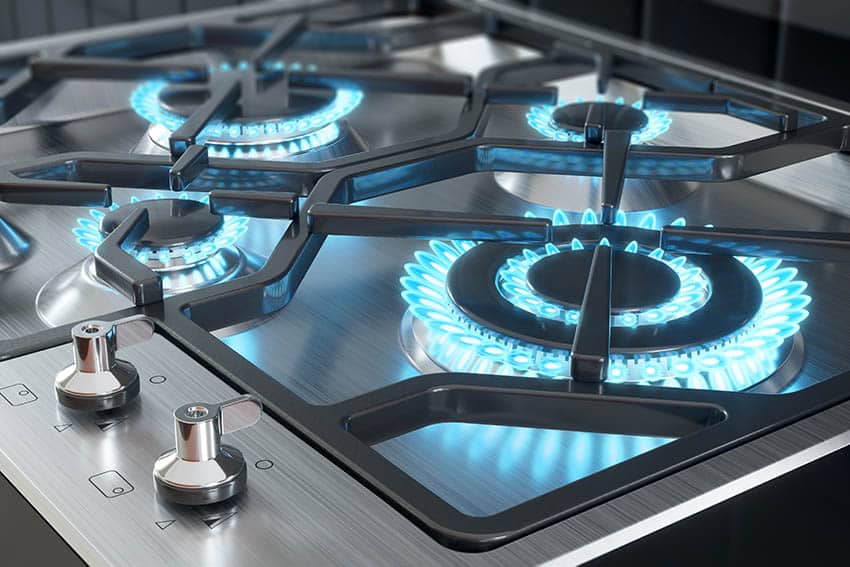
High Heat
To instantly summon high heat on a gas stove, simply ignite the burner and open the valve all the way. The pan will be scorching hot within a minute or so.
On an electric stove, the process takes significantly longer. And, if you realize the heat is too high, you will have to remove the pan from the burner while you wait for the electric coil to respond.
Low Heat
While cooking on low heat, the flames of a gas burner are very small. A breeze through your kitchen could easily put out the fire, immediately halting the cooking process.
As long as the valve is open, gas will continue to be released. Ventilate the area before relighting the burner.
The heat of an electric burner is stable and steady, and will not blow out. Once the desired temperature is reached, it will not fluctuate, making electric stoves ideal for long, slow cooking processes performed over low heat.
Gas vs Electric Cooktop Cooking

Whether you have a family to feed or are cooking for one, most meals require the use of a stove or oven. During a power outage, you will not be able to use an electric stove.
A standing pilot gas stove, on the other hand, does not require electricity to work. You may want to choose this kind of stove with a standing pilot light if you live in an area where power outages are common.
Baking
Gas ovens are hotter at the top than at the bottom, because there is no fan to circulate the air. While experienced bakers can make use of this multi-temp environment, it could be challenging or frustrating for novices.
Electric ovens are known for distributing heat more evenly around the oven cavity, which makes it easier to achieve even results. If you do a lot of large batch baking, an electric oven is definitely the best choice.
Broiling
Broiling is a cooking technique where food is directly heated from above. This is in contrast to grilling, where food is heated from below.
In a gas oven, the top of the oven cavity is quickly covered in flames, providing instant heat to anything placed below them.
The broiler of an electric oven takes longer to heat up, and food must be very close to the heat element in order to properly broil.
Ignition
Gas stoves use a pilot light — a small, steady flame — to ignite the burners. Standing pilot light models use more energy, as they are always feeding a small amount of gas to the pilot light, keeping it lit.
Electric ignition models use electricity to light a pilot light, which is then used to ignite the stovetop. Standing pilot light stoves can be used during a power outage, while electronic ignition stoves cannot.
All ovens built since 1990 have electronic ignitions instead of standing pilot lights, for safety reasons.
Cooktop Running Costs

To evaluate running costs, it is important to consider how many units of energy the cooktop uses, and how much each unit costs.
The energetic output of an electric stove is measured in kilowatts. The electric company calculates its charges based on kilowatt hours. The average price of electricity in the US is 12 cents per kilowatt hour.
An electric stove/oven combo draws an average of 3,000 watts while in use, which translates to 3 kilowatts. If you use this appliance for an average of 5 hours a week, your monthly cost to run an electric cooker would be $7.20.
Gas consumption is measured in therms, with one therm costing $0.95 on average. Most cookers of this kind expend 0.7 therms per hour while in use. At 5 hours a week for 20 hours of use per month, the total cost of running a gas stove comes to $13.30.
It’s interesting to note that electric cooktops are much more efficient and transfer 74% of the energy produced to the food being cooked. On the other hand, gas cooktops waste more energy and only transfer 40% of the energy to the food being cooked.
Counter Space

When not in use, a smoothtop cooker can be treated like an extra section of countertop. Gas cookers, with pan supports, burners, and burner covers, cannot be used this way.
If you have a small kitchen or limited counter space, an electric cooker might be a better choice.
Cleaning & Maintenance

The tempered ceramic glass used for electric stovetops is easy to keep clean. Simply wipe it down once the cooking surface has returned to room temperature. There is no hardware to clean around other than the cooking dials.
Some models eliminate these knobs in favor of touch-operated controls, making them even easier to clean. Induction-electric burners are also easy to clean.
With a gas stove, you will need to remove the pan supports and burner covers in order to thoroughly clean the cooktop. There is no option for touch controls, so you will need to clean the valve knobs as well.
However, this stove type cool down much more quickly than electric stoves. You can finish cooking and quickly wipe up any spills or splashes before they get baked onto the surface of the stove. These stove tops are usually stainless steel, which requires an appropriate cleaner.
Exposed spiral burner electric cooktops have gone out of style, but are still sometimes used for smaller stoves in a cabin or recreational vehicle. The coil is difficult to remove and retains heat for a long time, making it difficult to clean.
Which is Best Gas vs Electric Cooktop
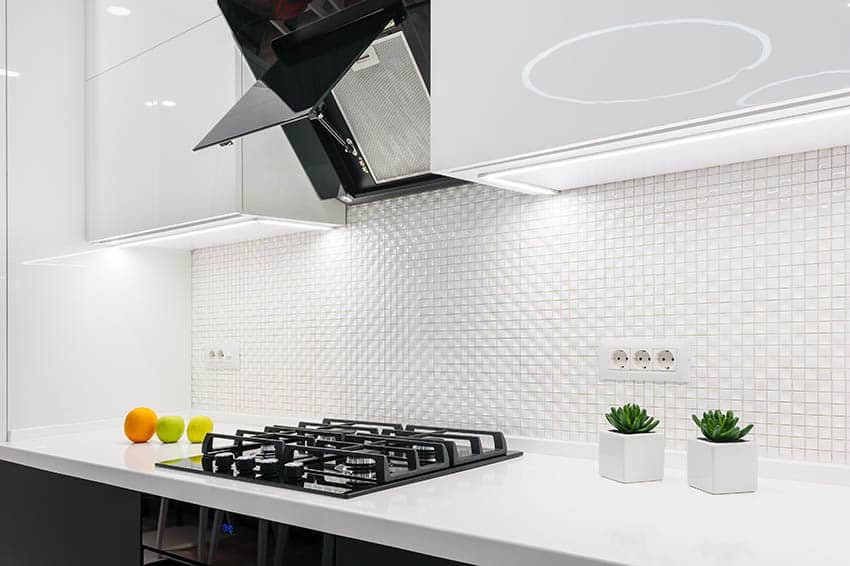
Before you get your heart set on a gas cooktop, check to see if your property is connected to gas lines. If not, you’ll have to pay to have them installed, install a propane tank hookup, or choose an electric model instead.
Installing an outlet for an electric stove is usually done during initial construction but can be added by an electrician at any time.
Some homeowners feel nervous about running gas into their homes. Families with young children may object to a source of open flame in the household.
Cooking aficionados and chefs may crave the customization and control afforded by gas burners. This is because these burners heat much quicker than electric burners. In addition, the flame of this cooktop produces heat for different types of cookware more efficiently.
The best stove for you is the one that fits your needs and living situation. Both these cooktops are reasonable choices.
For more related content, take a look at our article about a chefs kitchen design.



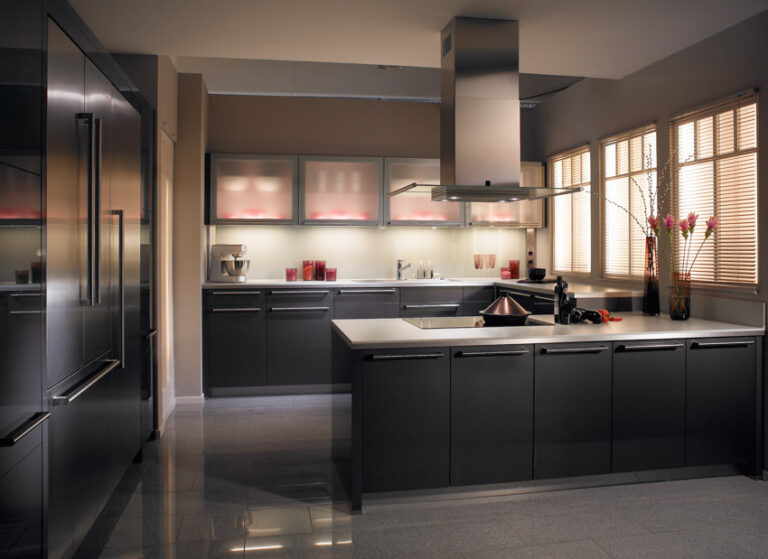


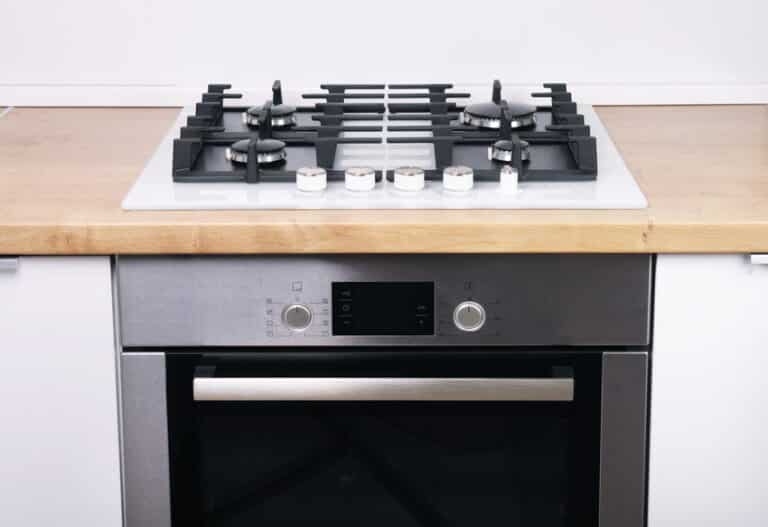
Gas cooktops all the way for me, I feel I can control the heat soo much better.
I think many are missing how natural gas cooktops release carbon monoxide into the air. They are only like 40% energy effective and can release harmful pollution. Induction cooktops are the future as they are more energy efficient. Induction cooktops are about 84% energy efficient.